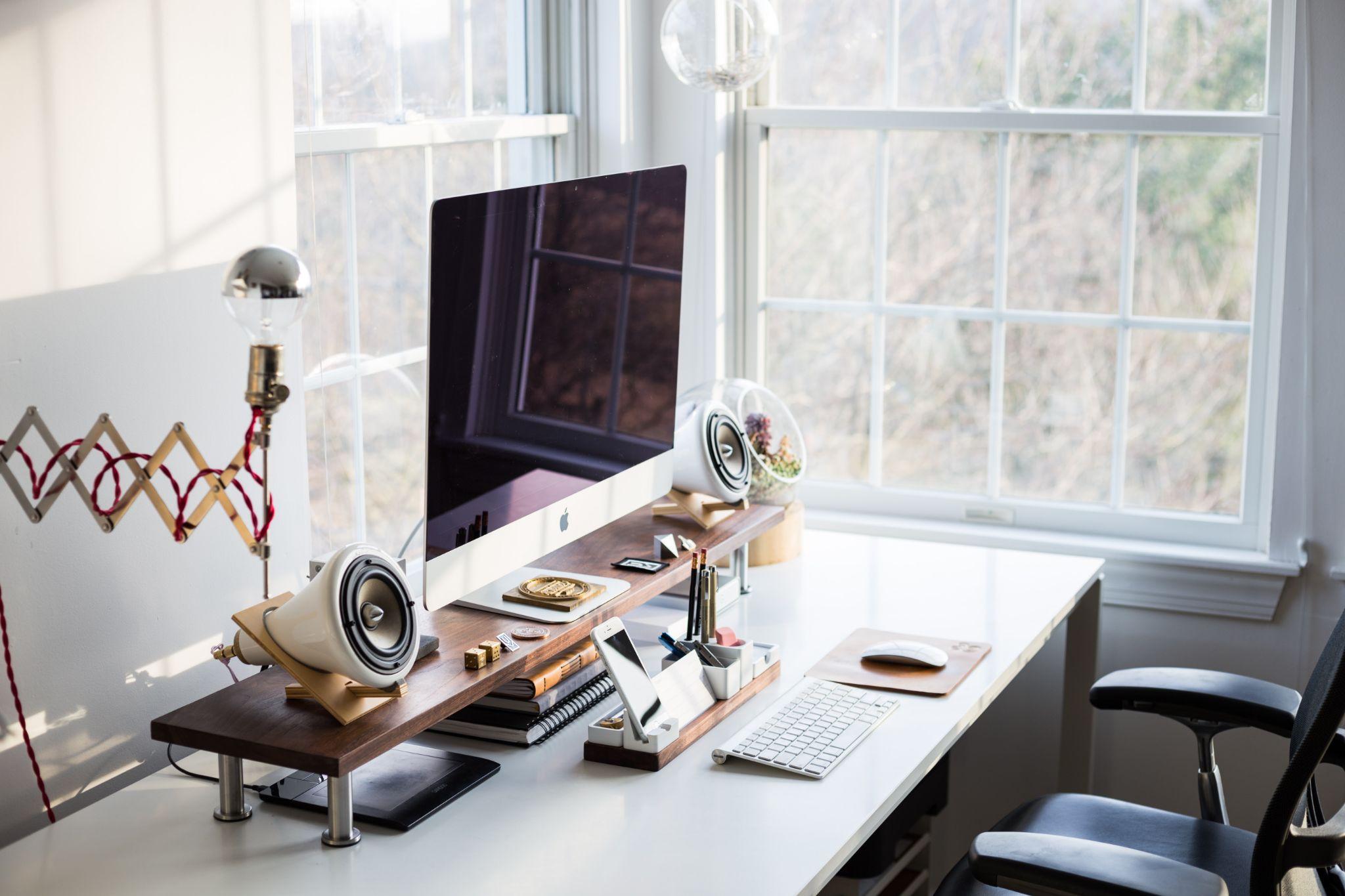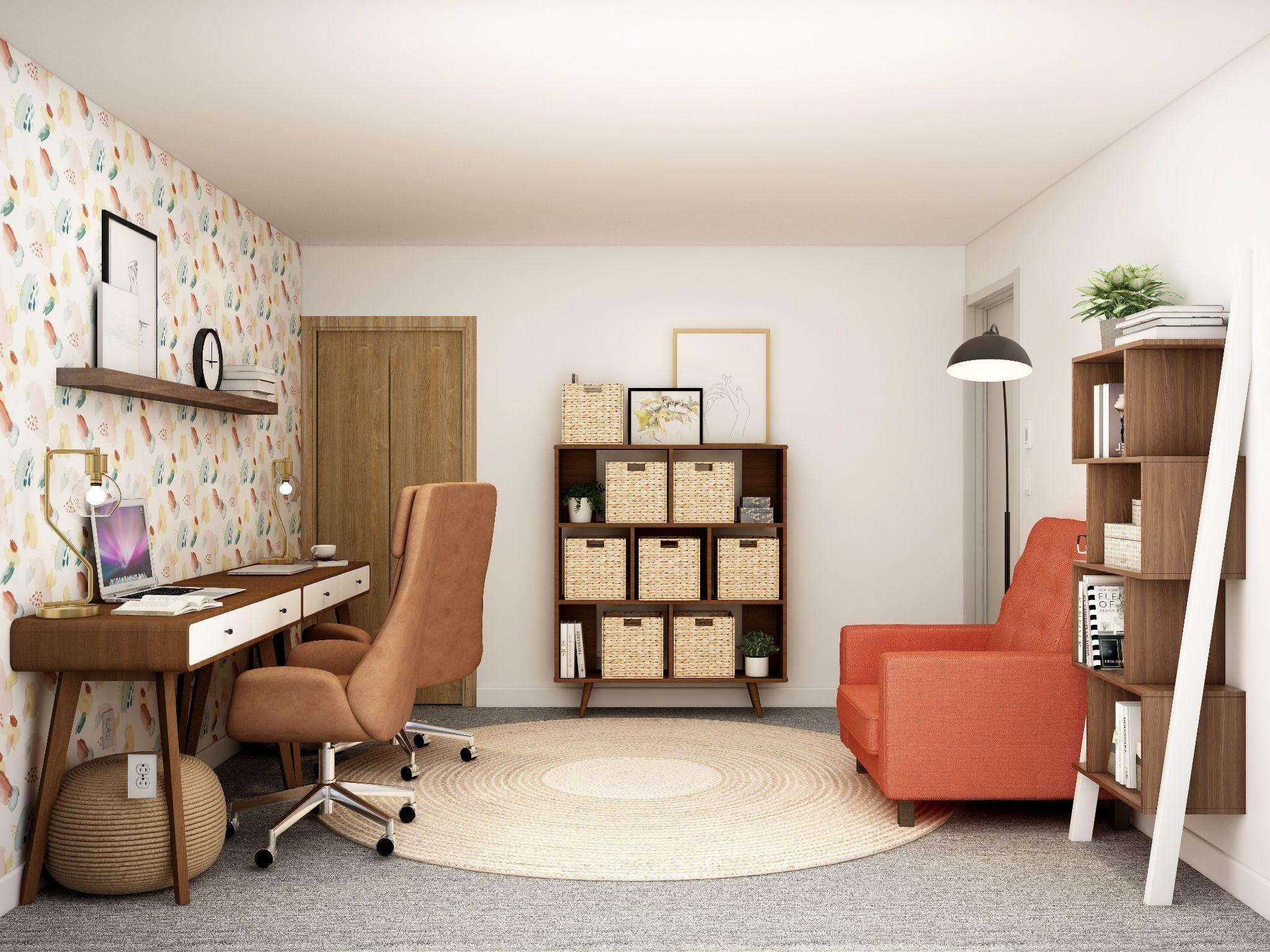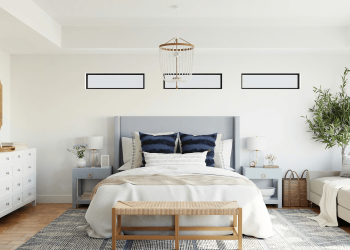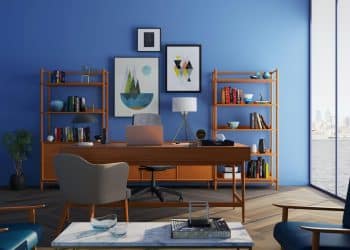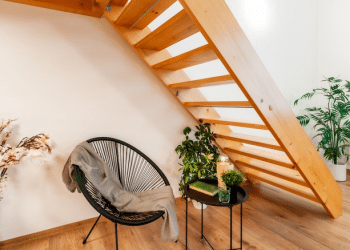Table of Contents
Ever since the Coronavirus pandemic, remote work has become the new norm. Thankfully, new technological innovations make this possible, and ease the everyday lives of employees. Also, with new companies like America’s Remote Help Desk, people are finding it easier to get used to this new life. But apart from the practical aspects of this massive change, people also need to prioritize their wellbeing and productivity.
While the home office lifestyle may seem easy at first, with more freedom to work as you please, after a while it has its setbacks. Thankfully, some psychologically-based design techniques may help you stay in the zone, and remain motivated and productive throughout the day. These techniques rely greatly on the elimination of distracting objects that surround you, like hobby items, technology, and even chores. But apart from this, it’s also wise to consciously surround yourself with items that promote productivity, to reach an all-time high in your stats.
Create Your Workspace
Without the physical limitations of the office environment, it is now your responsibility to create a designated workspace that promotes productivity. The boundary that an office environment creates between your work life and home life is crucial regarding their separation. Without the existence of this physical boundary between the two, what’s left is a psychological one.
Infographic provided by Container Alliance, a top company to get a storage container for sale
Ideally, you need a space that is closed off from your living areas, which will remain your office. Whether it’s an entire room or a closet space with a desk, it doesn’t matter. This helps immensely when trying to differentiate between your work and home life. Having a closed space where you sit down to exclusively work helps your brain get into work mode at the moment you sit down.
A lot of people start by working in their bed, on the sofa, or at the kitchen table. There are several reasons why this is counterproductive in the long run. Firstly, your space will feel more organized, but more importantly, you’re less likely to lean towards other tasks, like chores, hobbies, or entertainment.
If, however, you have no other option than to work in your bedroom or living room, you can still create a concealed workspace. Temporary furniture for separation, bigger storage units, or a shelf with an integrated desk can all be used to enclose a part of the room. This way, you’ll be somewhat secluded from your living areas, eliminating distractions, and helping you get into work mode.
The main reason for avoiding communal spaces, or spaces which promote your home mode, is if you constantly see these areas while working, you’ll only be distracted by the number of other tasks (like chores) that aren’t being done. This will make you unmotivated in your home life, and counterproductive in your career.
Color Theory
Color theory has a big influence on our lives. It’s no wonder that many industries are constantly using it, especially in design fields. Simply put, pastel or neutral hues will go better with office spaces, for mental and physical reasons.
Bright colors and even the constant presence of snow-white can stress your eyes, while more pastels can give your eyes a break. On a psychological level, darker colors make a space feel significantly smaller, which is why an office with darker colors can feel claustrophobic, and cause stress or panic throughout the day.
But apart from the wall colors, and big furniture, there’s absolutely space for a little razzle-dazzle. Through decorations, pictures, artwork, and other accent pieces, you can spice things up and make it feel like a bit of home. You shouldn’t feel like you need to deprive this space of any personality or frills, but look out for bigger surface areas and the colors there. Also, playing with natural lighting, and different types of light bulbs can optimize your home office greatly.
Optimizing Your Storage Space & Decluttering
When talking about a home office, the number one priority is always functionality. While this isn’t the chicest solution, well-labeled cabinets and folders get the job done better than anything else. But even with the perfect filing system, things have a way of oiling up over time. And if you don’t have a lot of space to work with, the tiniest amount of clutter can be unmotivating.
Try to declutter your office every time you leave the space for the day. This way, the work gets done quicker, and you arrive in a perfectly neat space in the morning. This is crucial especially if you don’t have an enclosed space. If you have a shelf with a built-in desk that can be closed off, try to completely clean and close it when you’re not using it. Your motto should be “a place for everything and everything in its place” to promote the healthiest possible work environment at home.
Invest in Good Furniture
Ergonomically correct furniture can go a long way when you’re sitting at a desk typing all day. Over time, without the right furniture and accessories, you might begin feeling pains, aches, and fatigue. Investing in the right furniture is possibly the most important thing when it comes to your office space.
Look for the best chair you can afford, and consciously improve your posture each day. With the right lumbar support, height, and even angle, your chair could become your best friend after just a day of work. It’s also wise to invest in adjustable furniture, like a sitting-standing desk, or an adjustable chair.
Overall, two things mustn’t miss the mark: functionality and health. Functionality in the space itself, and in the storage solutions, and health in posture and the right furniture. When you create this foundation, the rest will fall into place. The right lighting, the perfect accent pieces, some plants, and other personalized decor pieces will create the best of both worlds: a free, homely space, where you’re not only compelled but tempted to do productive work.

